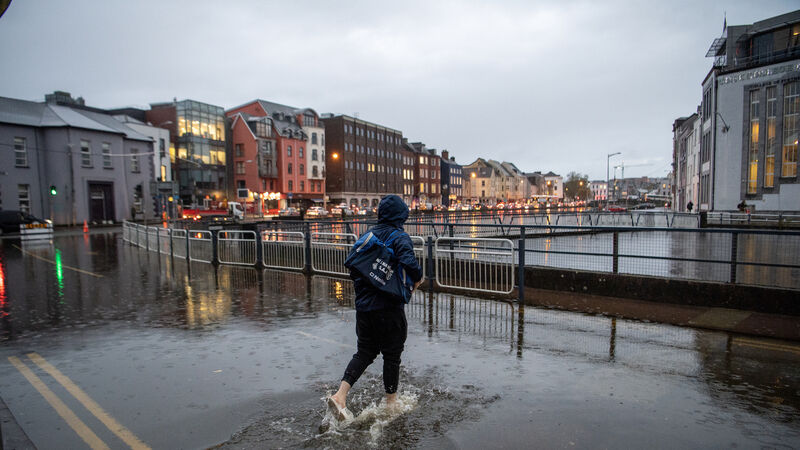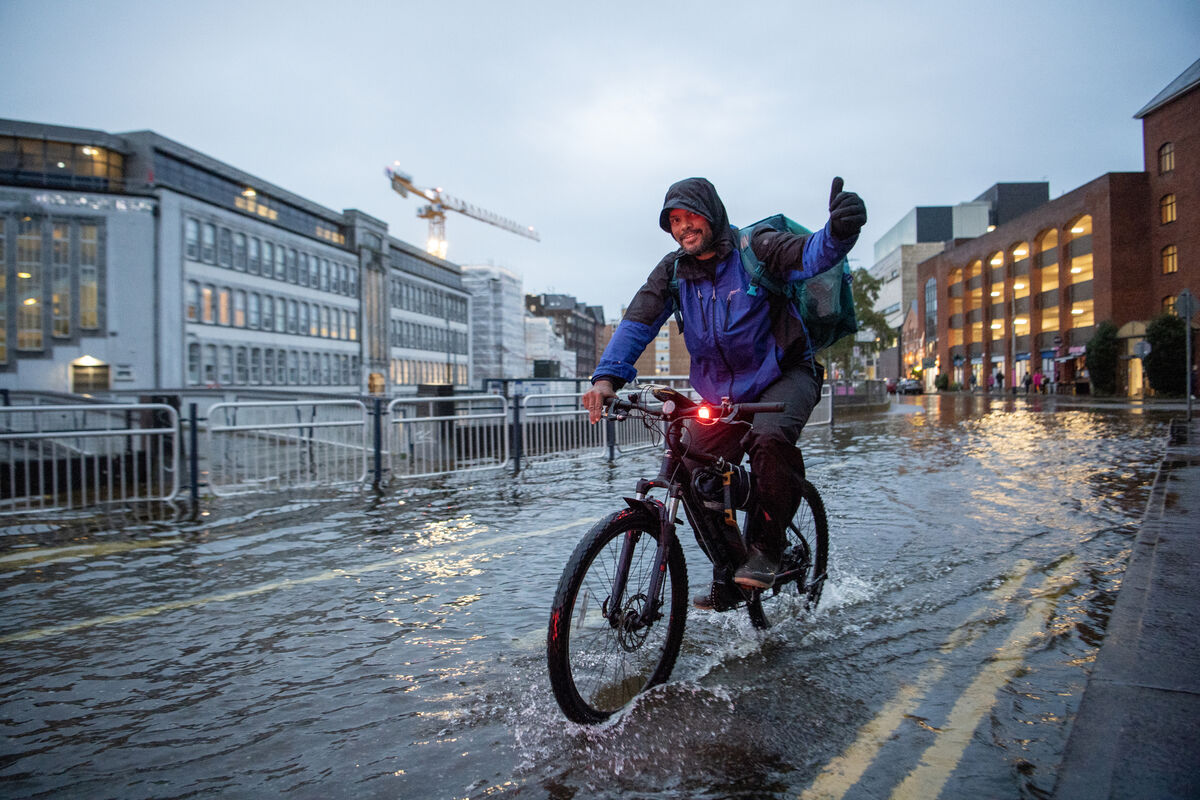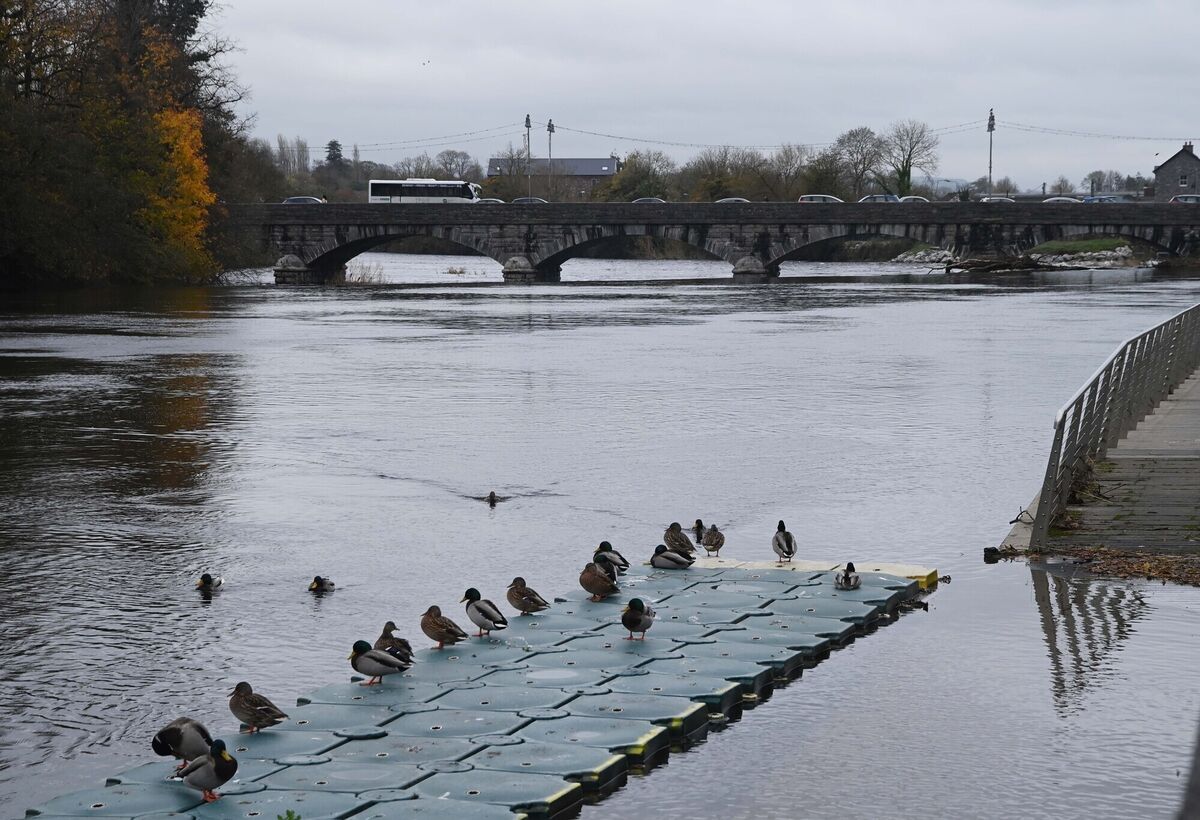Even Ireland's driest county should prepare for more floods and wetter winters

A European study tells us to prepare for more floods across the continent — especially in Britain and Ireland. Here, a man walks through the flooding on Union Quay, Cork. Picture Dan Linehan
Everybody, it seems, was complaining about all the rain we got in November. But why? November is usually a wet month anyway and we’ve been well warned to expect even wetter winters because of climate change.
And, a widely-focused European study tells us to get ready for more floods across the continent, especially in Britain and Ireland, urging that preparations should start now.

The south-west could be seriously hit. Kerry, at the mercy of Atlantic weather systems, is the county with the highest annual rainfall in Ireland averaging 61.2 inches. Cork is in second place on 39.4 inches, with Limerick, Galway, Tipperary, Mayo, Clare and Sligo close behind.
The figures help explain something that has long been a matter of personal bemusement.
Over many decades travelling from Kerry to Cork, I’ve often crossed the county bounds in the rain. And then, passing Ballymakeera and heading on for Macroom, the clouds can lighten, allowing the sun to come through patches of blue in the skies over the city ahead.
On the return journey, sunshine can be left behind with the landmark Paps mountains cloud-covered on entering rainy Kerry. So, Kerry folk might be forgiven for thinking that the sun shines a lot more on Cork!

By the way, Longford, with just 26 inches of rain, is the driest county and Wexford underlines the 'sunny south-east' theory by being the warmest.
Meanwhile, Dr Conor Murphy, of the geography department, Maynooth University, has been part of a multinational, research team in the largest-scale study of its kind demonstrating the impact of climate change on the severity of flooding across Europe.
The study, which looked at river flow data from thousands of locations over a 50-year period, found that flood events are becoming increasingly severe in north-western Europe, including Ireland, but decreasing in size in southern and eastern Europe.
This ranges from an 11% rise in flood levels, in northern England and southern Scotland, to a 23% reduction, in parts of Russia and eastern Europe, providing the clearest evidence yet, at the European scale, of the link between climate change and flooding.

It all makes perfect sense: there’s more flooding because rainfall is increasing and soils are becoming wetter. Published in the journal, , the study involved academics in 24 European countries.
Dr Murphy, also a member of Maynooth’s Irish Climate Analysis and Research Unit, said: “This timely study adds to a growing body of evidence which shows that flood magnitude has increased in north-west Europe, including Ireland, over the last five decades. We show this is part of a continent-wide pattern of changes in flooding which is in line with what we may expect in a warming world."
CLIMATE & SUSTAINABILITY HUB








